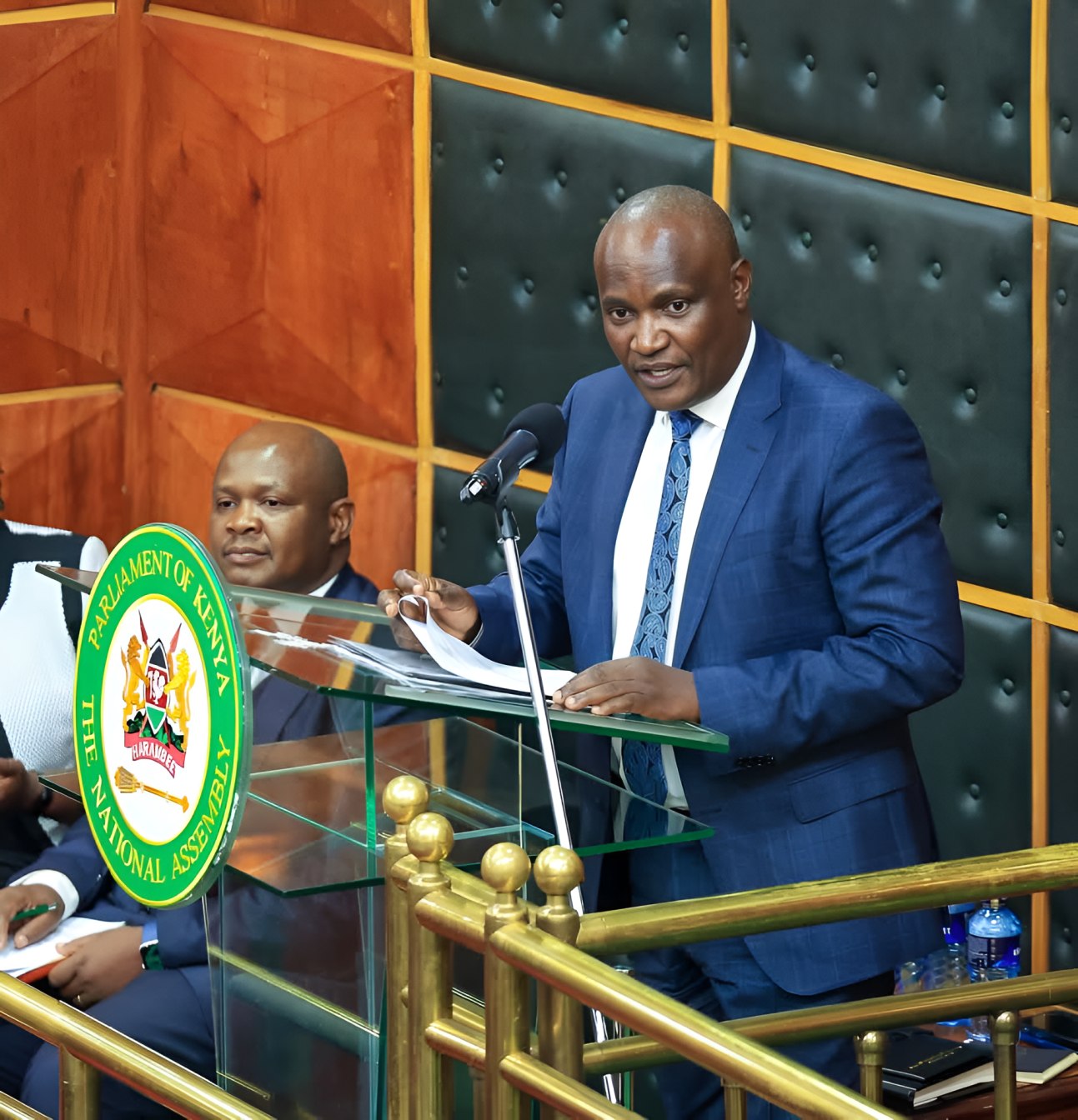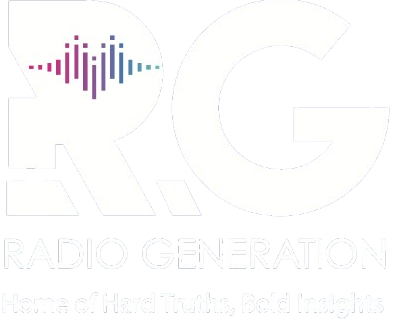Kenya’s HIV, TB and malaria fight at risk after budget slash and donor freeze

The sharp reduction in budget allocation—from Sh28.7 billion in the current financial year to Sh17.3 billion for the year starting July—comes as the country continues to face one of the highest disease burdens in sub-Saharan Africa.
Kenya’s battle against HIV, Tuberculosis and Malaria is in danger of backsliding after the government slashed funding for key health programmes by nearly 40 percent and as donor support hangs in the balance.
The sharp reduction in budget allocation—from Sh28.7 billion in the current financial year to Sh17.3 billion for the year starting July—comes as the country continues to face one of the highest disease burdens in sub-Saharan Africa.
“To lower the number of HIV/AIDS, malaria, and tuberculosis cases, I have proposed Sh17.3 billion for the Global Fund,” said John Mbadi, the Cabinet Secretary for Treasury, while reading the national budget last Thursday.
The Global Fund to Fight AIDS, Tuberculosis and Malaria has been a critical partner in Kenya’s health sector since 2002, disbursing over $2 billion (Sh257.7 billion) to support the purchase of antiretrovirals (ARVs), TB and malaria medication, diagnostics, mosquito nets, and training for health workers.
The budget cuts come at a time when more than 1.3 million Kenyans depend on free ARV therapy, with over 36,000 new HIV infections recorded every year.
HIV prevalence among adults aged 15 to 49 is four percent, but is much higher in some counties, including Homa Bay, Kisumu and Siaya, where it exceeds 15 percent, according to the 2022 Kenya HIV Estimates Report.
Tuberculosis remains another major threat, with an incidence rate of 251 per 100,000 people, resulting in more than 80,000 new cases each year.
Many of these cases go undetected or untreated.
Malaria, although concentrated in specific regions, still affects millions of Kenyans, with a national prevalence of six percent and transmission rates above 19 percent around the Lake Victoria region.
The funding crisis is further compounded by a freeze on donor funding from the United States, following an executive order signed by US President Donald Trump in early 2025.
The order halted disbursements from USAID, including the President’s Emergency Plan for AIDS Relief (PEPFAR), which is Kenya’s largest HIV support programme. The suspension has already disrupted the supply of ARVs across the country.
With both domestic and international funding under threat, health experts warn that gains made in reducing infections and saving lives could be quickly reversed.
The country now faces the urgent task of finding alternative sources of funding or risk plunging its health system into deeper crisis.
